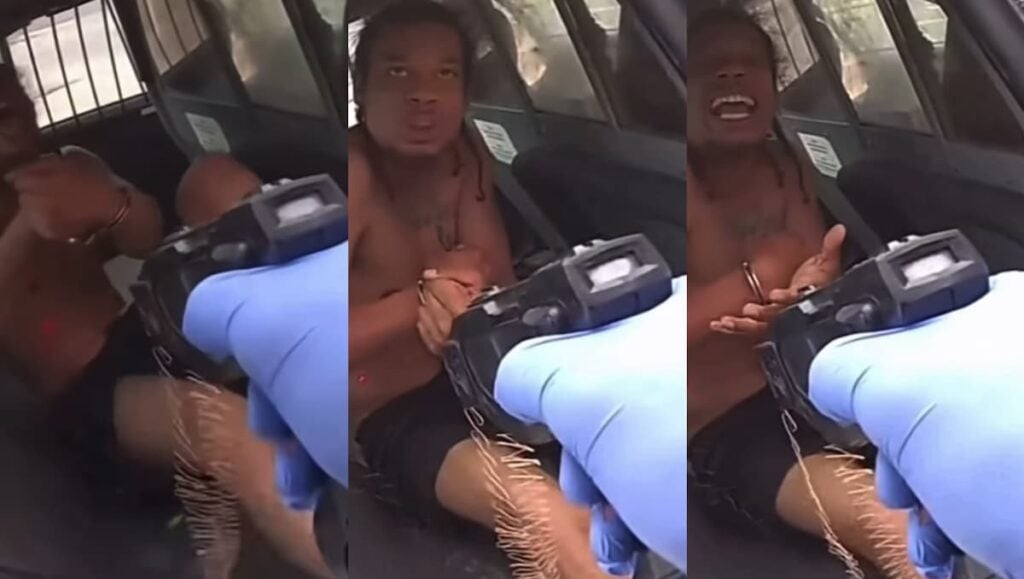A disturbing video circulating on social media has put the Cincinnati Police Department in Ohio under heavy scrutiny after it appeared to show an officer repeatedly using his taser on a man who was already detained in the back of a police cruiser.
The footage captures the officer ordering the man to move inside the vehicle. The man, who is Black, can be heard complying with instructions, but the officer continues to shock him with a taser that remained attached, seemingly from a prior deployment. The detainee pleads with the officer, questioning why the force is still being used despite his cooperation.
At one point, the officer’s hand visibly shakes while holding the trigger, a detail many commenters online took as evidence that adrenaline, or even a disturbing sense of gratification, was driving the behavior.
Reaction to the clip has been swift and overwhelmingly critical. On Reddit, one user summarized the frustration bluntly: “Cops wonder why people hate them when people like this get away Scott free doing whatever crazy bullshit they want.” Another commenter suggested the officer appeared to be “getting off on hurting another human.”
The Instagram comment section under the reposted video was equally harsh. Many demanded accountability, with one person writing: “This guy needs to be charged with aggravated battery and fired immediately.” Others pointed out the officer’s visible trembling, one calling him “pumped with adrenaline,” while another observed: “Boy they are tough when someone is in cuffs. What a man!”
Some users identified the officer as Cincinnati Police Officer David Dozier, with multiple comments resurfacing an alleged past incident in which he punched an 11-year-old. That history only fueled further anger, with one commenter remarking: “The real thugs have badges terrorizing this country.”
The video adds to a growing catalog of incidents fueling distrust in policing across the U.S., particularly in Black communities where disproportionate use of force remains a constant point of contention. Critics have pointed to the footage as another clear example of how power can be abused when accountability structures fail.
The fact that the man was already restrained and voiced compliance raises difficult questions about necessity, proportionality, and intent. Many observers did not describe what they saw as “control tactics,” but rather as unnecessary infliction of pain, which is a description that edges closer to torture than policing.
Whether the officer will face consequences remains unclear, but calls for action are loud. Demands range from immediate termination to criminal charges, alongside broader critiques of a policing culture that too often shields misconduct.
Until incidents like this are not only investigated but decisively punished, the chasm of mistrust between police departments and the communities they serve will only deepen.








